Estimated reading time: 5 minutes
Welcome to the captivating world of pawpaws, where deliciousness meets versatility! If you're a fruit enthusiast eager to explore unique flavors and expand your culinary repertoire, you're in for a treat. In this comprehensive guide, we'll take you on a journey through the origins and natural habitat of pawpaws, reveal the secrets of successfully growing these delectable fruits in your own backyard, and highlight the best times to indulge in their juicy goodness. And that's not all! We'll also provide you with an array of tantalizing & yummy recipe ideas that will make your taste buds dance with delight. So, get ready to discover the wonders of pawpaws and unlock a world of fruity delights!
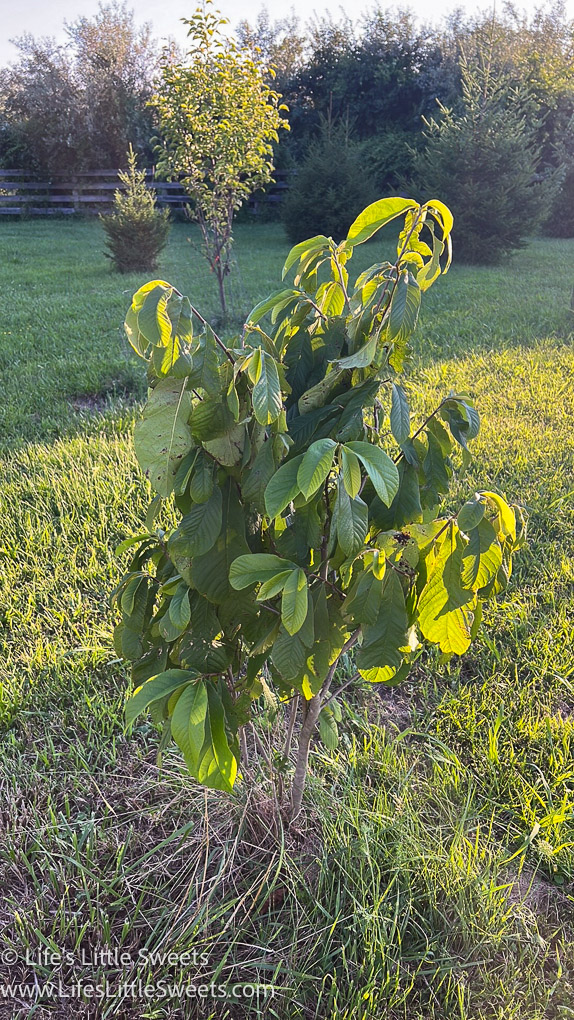
Table of contents
Pawpaws: A Delicious and Nutritious Fruit with Endless Possibilities
Welcome to our guide to pawpaws, the flavorful and unique fruit that deserves a place in every fruit lover's heart. We'll delve into the origins of pawpaws, where they can be found, how to grow them when they are in season, and provide you with a delightful array of recipe ideas. So, let's dive in and discover the wonders of pawpaws!
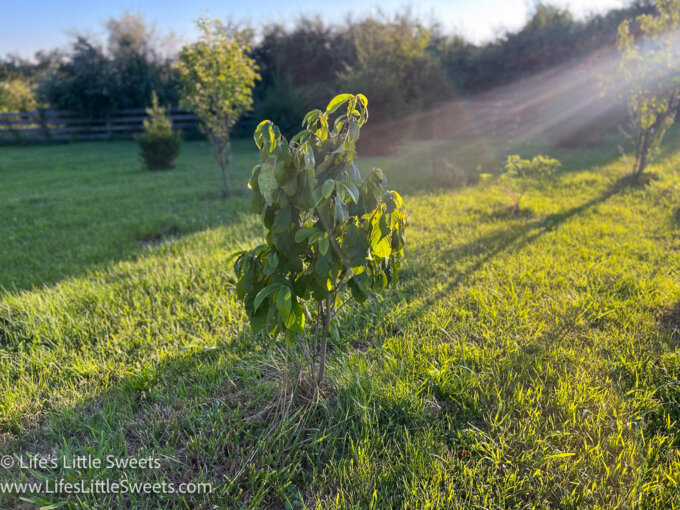
Get a good foraging reference
I use the book, "Northeast Foraging" (Amazon Affiliate Link below) as a reference when I am learning about plants to forage and of course, local foraging experts that I know in person.
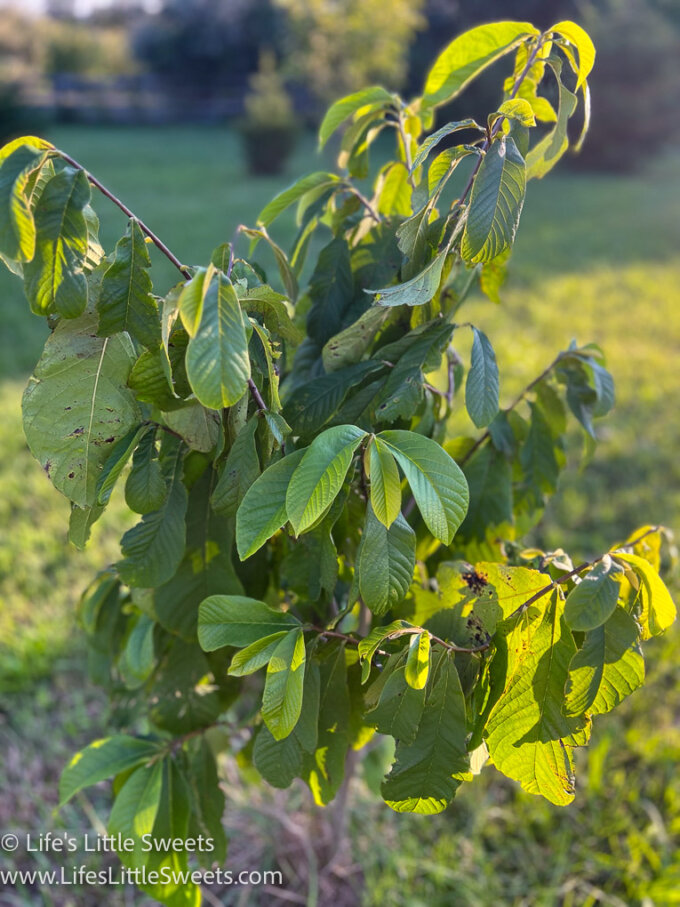
The Origins and Natural Habitat of Pawpaws
Pawpaws, scientifically known as Asimina triloba, are a native fruit of North America. They are commonly found in the eastern regions of the United States, primarily in the Midwest and the southeastern states. Pawpaw trees thrive in fertile, well-drained soil, and they often grow along riverbanks, in woodland areas, and in the understory of forests.
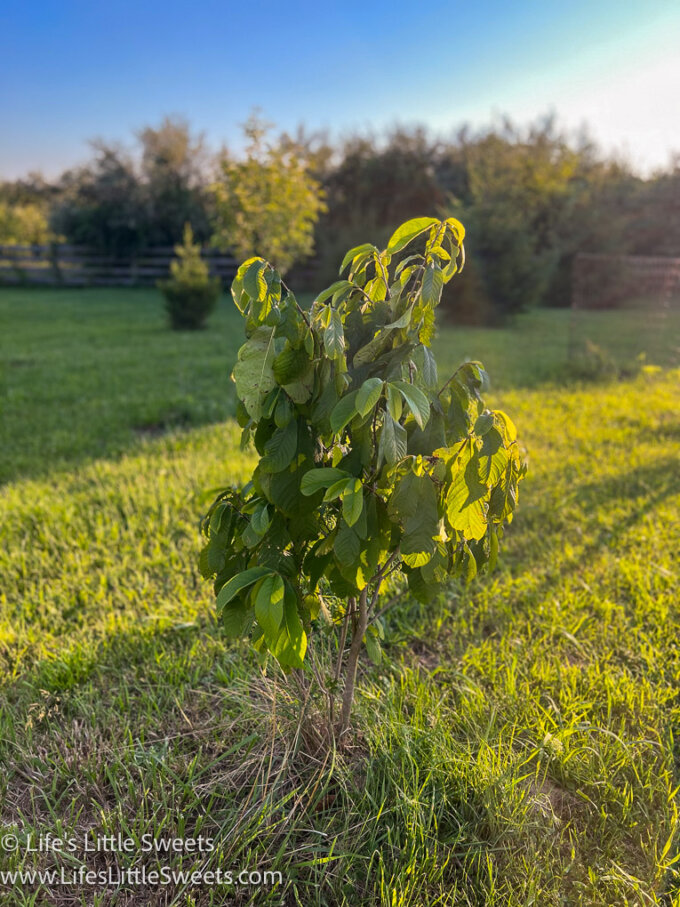
Growing Your Own Pawpaw Trees
If you're an avid gardener or simply want to enjoy the pleasure of harvesting your own pawpaws, you'll be glad to know that growing pawpaw trees can be a rewarding experience. Here are some key tips to get you started:
- Climate and Location: Pawpaws prefer a humid climate with mild winters and hot summers. They grow best in USDA hardiness zones 5 to 9. Choose a location that provides partial shade, as excessive sun exposure can scorch the leaves.
- Soil Preparation: Prepare the soil by ensuring it is rich in organic matter and well-drained. Pawpaws thrive in slightly acidic to neutral soil with a pH range of 5.5 to 7.0.
- Planting and Care: Plant pawpaw trees in early spring or late fall. Dig a hole that is wide and deep enough to accommodate the root system. Water the tree regularly during the first year to help establish its roots. Mulch around the base of the tree to retain moisture and suppress weed growth.
Seasonality and Harvesting of Pawpaws
Pawpaws have a relatively short season, typically ripening from late summer to early fall, usually between August and September. The fruit is ready to harvest when it turns from green to a yellowish or brownish hue. Ripe pawpaws should yield to gentle pressure and emit a sweet aroma.
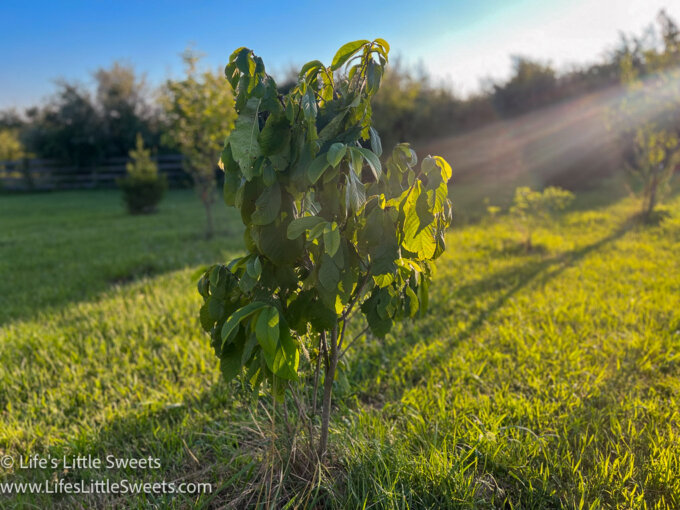
Recipe Ideas
Exploring the Versatility of Pawpaws Pawpaws are not only delicious when eaten fresh but also lend themselves well to a variety of culinary creations. Here are a few recipe ideas to inspire your culinary adventures:
- Pawpaw Smoothie Bowl: Blend ripe pawpaw flesh with your favorite fruits and a splash of coconut water. Top it off with granola, nuts, and a drizzle of honey for a refreshing and wholesome breakfast.
- Pawpaw Bread: Give your classic banana bread a unique twist by substituting bananas with mashed pawpaw pulp. The result is a moist and fragrant loaf that will delight your taste buds.
- Pawpaw Salsa: Combine diced pawpaw, tomatoes, onions, jalapeños, cilantro, lime juice, and a pinch of salt for a tropical twist on traditional salsa. Enjoy it with tortilla chips or as a zesty accompaniment to grilled meats.
- Pawpaw Ice Cream: Transform ripe pawpaw into a creamy and decadent treat. Blend the fruit with heavy cream, sugar, and a dash of vanilla extract, then freeze the mixture to indulge in homemade pawpaw ice cream.
Disclaimer
It is important to note that while pawpaws are a delightful fruit to explore and enjoy, they are often foraged rather than commercially cultivated. When foraging for pawpaws or any wild food, it is crucial to exercise caution and follow responsible practices. Ensure that you are knowledgeable about the proper identification of pawpaw trees and fruits to avoid any potential risks or confusion with other similar-looking species. Additionally, always seek permission from landowners and adhere to local regulations regarding foraging. The information provided in this article is meant to be educational and inspiring, but it is ultimately your responsibility to make informed decisions when foraging and consuming wild fruits like pawpaws.
Final Thoughts
Pawpaws are a hidden gem among fruits, and their unique flavor and versatility make them a must-try for fruit enthusiasts. Whether you choose to grow your own pawpaw trees or experiment with the numerous recipe ideas, these delectable fruits are sure to leave a lasting impression. So, embrace the pawpaw experience and savor the delightful tastes it has to offer!
Web Story
Related Posts
Latest Posts
- First published: 7/11/2023
- Dandelion Jelly - April 22, 2024
- Nordy Bars - April 14, 2024
- Hot Cross Buns - April 6, 2024










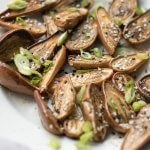


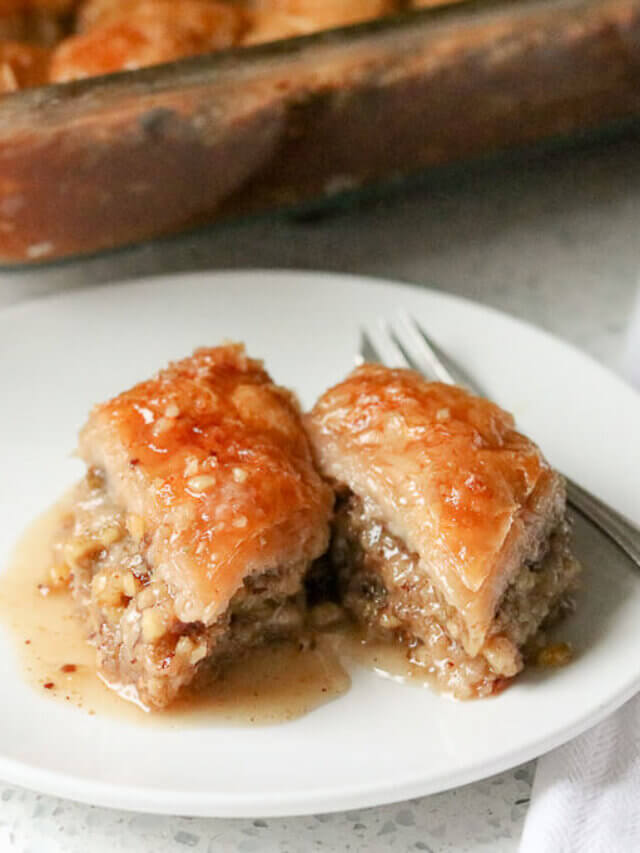
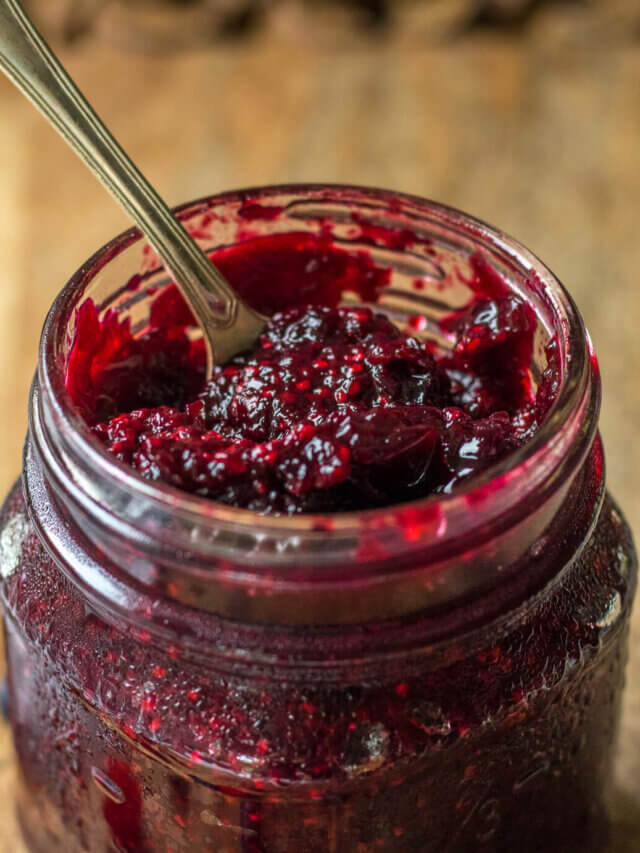

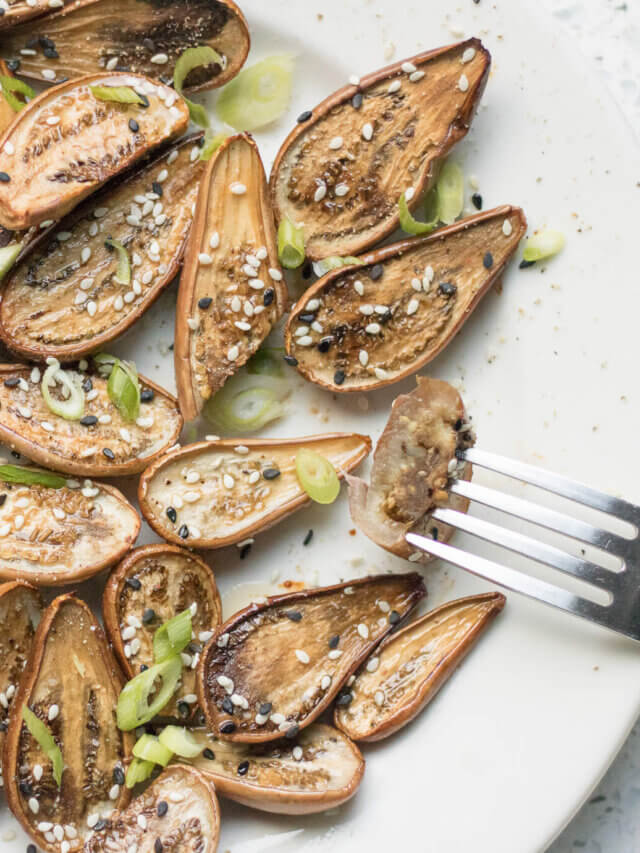


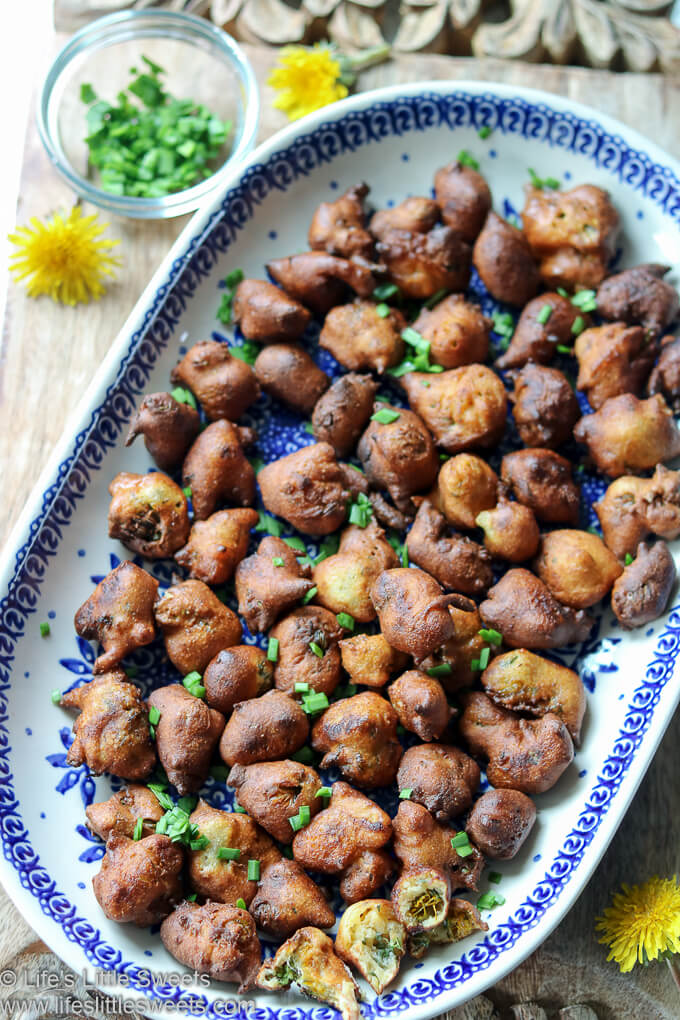
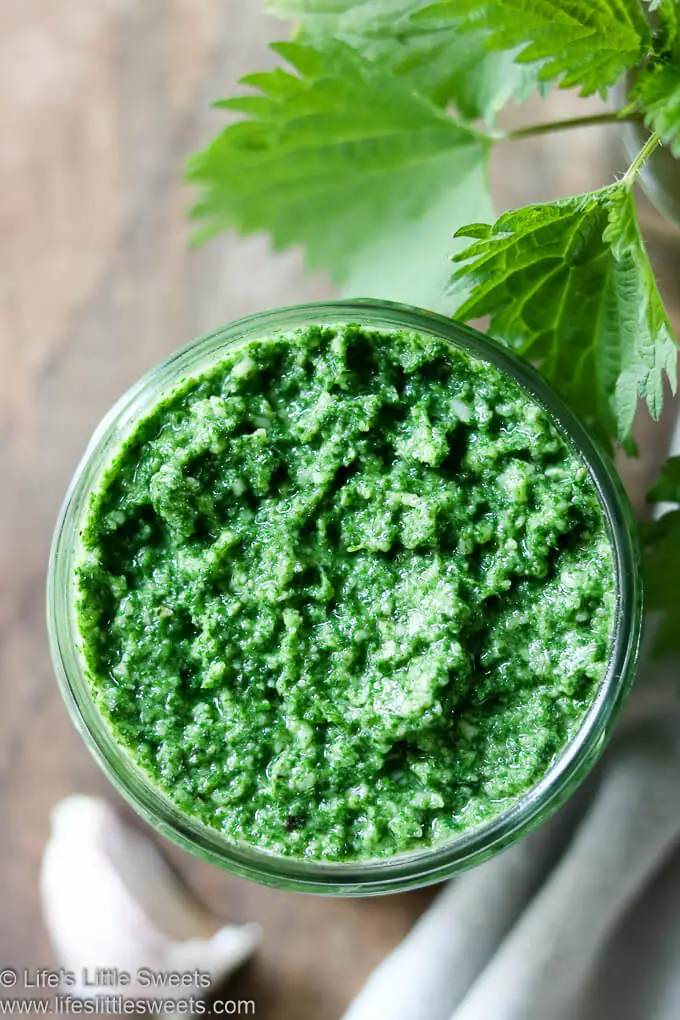


Leave a Reply